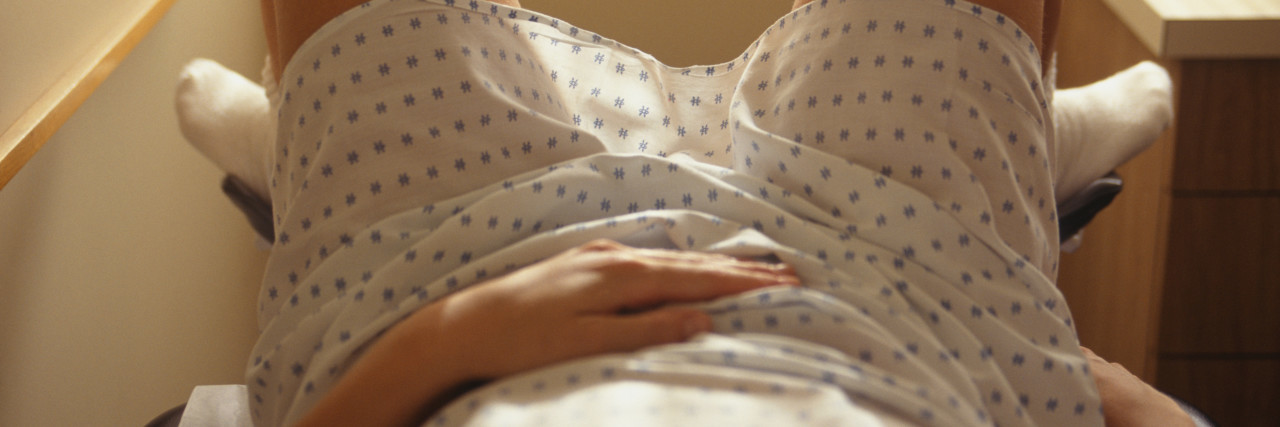As a lesbian, I can unequivocally state that my sexual orientation has affected my healthcare and made it, at times, significantly more uncomfortable to seek medical — and especially gynecological — attention. However, I think medical practitioners, like so much of society, are improving in their understandings of and approaches to LGBTQ+ people.
The worst experience I ever had occurred during college, when I first began seeing a gynecologist. At my university, the only dedicated gynecologist at our student health center was an older man, and, as I couldn’t afford to seek a female physician off-campus, I was stuck with him. After getting off to an admittedly promiscuous start to my first year, I plucked up the courage to make an appointment and to get my first-ever PAP smear. (Oh, the joy!)
At the office, I filled out the standard paperwork, and it included questions about whether or not I was sexually active and how many partners I had had recently. I honestly answered the former, and I flat-out lied about the latter. The next question was about what kind of birth control, if any, I used, followed by a question about what types of birth control I was interested in learning more about. Given that unintentional pregnancy was not a concern, I answered that I didn’t use anything and didn’t want to find out more.
I submitted the form, still on its green clipboard, to the nurse, and I assumed I wouldn’t hear anything more about it. However, when Dr. X came into the exam room, I discovered I was mistaken. He began by asking me if I was trying to get pregnant. Confused, I answered, “No, I’m just here for a PAP smear.” He told me that, given that I was sexually active and not seeking to get pregnant, I needed to take precautions more seriously. Did I even use a condom? Did I know that these were not 100% effective? Wouldn’t I feel more comfortable getting on the pill?
I sat there stunned and silent for what seemed like an eternity, but was probably more like 30 seconds, and decided the best way to end this conversation was to be honest. “I’m a lesbian,” I told him. Then it was my turn to sit nervously waiting for him to break what seemed to be a stunned silence. “OK,” he said. “Let’s go ahead and get started.” And without so much as another word to me, he performed my first pelvic exam. He didn’t have to say anything else — the brusqueness of his manner, the awkward silence said it all.
Now I choose practitioners who are queer-friendly by doing a little research prior to making appointments. Although I will never forget the awkwardness and discomfort of my visits to the gynecologist in college (which never got any better during four years), having gone through this experience has made me a better self-advocate and, I’d like to think, a more considerate human.
Getty image by Keith Brofsky.

